| North Carolina's 189 Odonate species | ||||
|---|---|---|---|---|
| Sort Species by: Family Scientific Name [ Undocumented ] |
| Related Species in COENAGRIONIDAE: | Number of records for 2025 = 1 | |
| Photo Gallery for Blackwater Bluet 14 photos are shown. | Other NC Galleries: Jeff Pippen Will Cook Ted Wilcox | ||
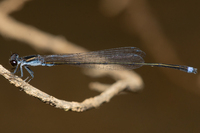 | Photo 1 by: Max Ramey Comment: Wilkes; P, 2025-07-13, Kerr Scott Dam/ Yadkin River (dam to kayak put in) - Good numbers, mostly by the kayak put in. Certainly an established population. | 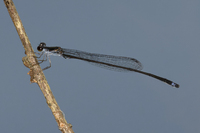 | Photo 2 by: Mark Shields Comment: Robeson, 2023-05-12, Lumber River State Park-Princess Ann Access |
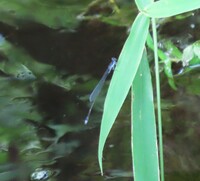 | Photo 3 by: Harry LeGrand, Lori Arent Comment: Moore; C, 2022-06-26, Aberdeen Lake dam (ALD) area; Weymouth Woods (WEWO) preserve - male; James Creek by Valhalla Road at WEWO; photo by Lori Arent |  | Photo 4 by: Mike Turner Comment: Moore; C, 2022-06-04, Aberdeen Lake Park |
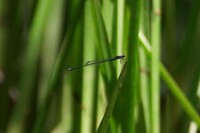 | Photo 5 by: Max Ramey Comment: Wilkes; P, 2021-08-21, Kerr Scott Dam/ Yadkin River (Dam to 1000 ft downstream) - First record for the region and pretty far from any previously known populations. In a shaded patch of bur-reeds on the edge of the river. |  | Photo 6 by: Max Ramey Comment: Wilkes; P, 2021-08-21, Kerr Scott Dam/ Yadkin River (Dam to 1000 ft downstream) - First record for the region and pretty far from any previously known populations. In a shaded patch of bur-reeds on the edge of the river. |
 | Photo 7 by: Matt Spangler Comment: Pender, 2021-05-24, Black River downstream of Hunts Bluff |  | Photo 8 by: Mark Shields Comment: Robeson, 2018-08-26, Lumber River at Lumber River State Park-Princess Ann - tandem pair ovipositing and lone male |
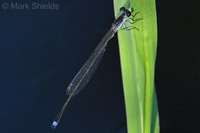 | Photo 9 by: Mark Shields Comment: Brunswick, 2018-05-11, Allen Creek below dam on Patricia Lake, Boiling Spring Lakes - 1 tandem pair, 1 lone male | 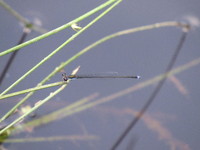 | Photo 10 by: Conrad Wernett Comment: Onslow, 2017-05-27 - Cowhorn Creek Landing. Individuals and tandem pairs common. |
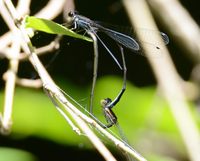 | Photo 11 by: Kyle Kittelberger Comment: Richmond; C, 2017-05-08, McKinney Lake Fish Hatchery |  | Photo 12 by: Mike Turner, Conrad Wernett, Alyssa Wernett Comment: Scotland, 2017-05-07, Sandhill Game Land; Scotland Lake - adult males |
 | Photo 13 by: Conrad Wernett, Alyssa Wernett Comment: Richmond; C, 2015-06-14 - Lake McKinney drainage, saw male perched like spreadwings |  | Photo 14 by: Conrad Wernett Comment: Jones, 2014-09-20 - Male photographed along Trent River |
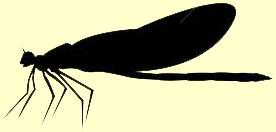
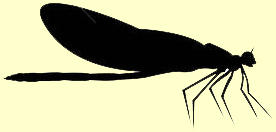 »
»